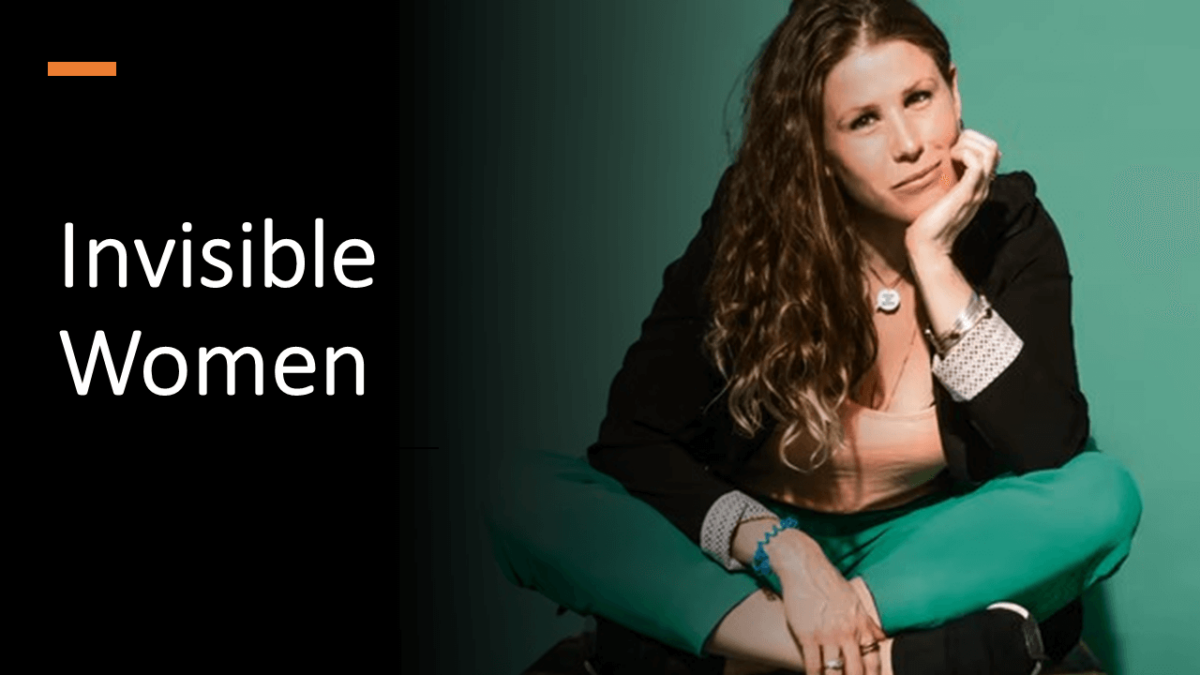


Uncovering the Flaws: Why Safety Risk Assessments Fail and Accidents Happen in Workplaces
Workplace safety is a fundamental concern for organizations striving to protect their employees from harm. Safety risk assessments are essential tools in identifying potential hazards and implementing preventive measures. However, these assessments sometimes fall short, resulting in accidents and injuries.
Have you ever wondered why safety risk assessments sometimes fall short? It turns out, there are a bunch of factors that often get overlooked, like gender, age, abilities, disabilities, and physical body size. Plus, we tend to focus on one risk at a time and forget about the possibility of hazards overlapping. This article, inspired by Caroline Criado Perez’s eye-opening book “Invisible Women,” is all about emphasizing how crucial it is to take these often-forgotten aspects into account when it comes to keeping workplaces safe.
I was reading Caroline Criado Perez’s book “Invisible Women: Exposing Data Bias in a World Designed for Men”, where she exposes the systemic gender data gap prevalent in various aspects of society, including workplaces. The book highlights how many systems, policies, and designs often overlook women’s needs, experiences, and safety due to a lack of gender-disaggregated data. It reveals the consequences of this gender data bias, leading to gender inequalities and potentially compromising women’s safety.
“Invisible Women” presents an array of examples across different sectors, revealing the extent of gender data bias. From the design of personal protective equipment (PPE) that does not fit women properly to the failure to consider the differing physiological responses to medication, Criado Perez demonstrates how ignoring gender differences can have serious consequences.
The book “Invisible Women” serves as a wake-up call, highlighting the systemic biases and blind spots that contribute to workplace safety risk assessments failing to account for gender, age, and physical body size. It underscores the need to recognize and address these biases to create safer work environments for everyone.
The revelations from “Invisible Women” inspired me to write this article, urging organizations and individuals involved in risk assessment processes to be more mindful and inclusive. By shining a light on the importance of considering factors beyond a one-size-fits-all approach, we can take significant steps towards preventing accidents and creating safer workplaces for all individuals, regardless of their gender, age, or physical characteristics.
By incorporating the insights provided by “Invisible Women” into the discussion, we can foster greater awareness and understanding of the flaws in safety risk assessments and encourage meaningful change in WHS practices and systems.
Ignoring Gender, Age, and Physical Body Size:
One significant flaw in safety risk assessments is the failure to consider gender, age, and physical body size as vital factors in assessing hazards. Different genders, age groups, and body sizes can be more vulnerable to certain risks, necessitating tailored preventive measures. For instance, a risk assessment for manual lifting tasks that does not account for the physical capabilities and strength differences between genders or age groups may underestimate the potential for injuries. This oversight can lead to strains, sprains, and other musculoskeletal disorders.
Isolated Evaluation of Risks:
Another common pitfall in safety risk assessments is the tendency to evaluate risks in isolation, neglecting the larger picture. Workplaces are often exposed to multiple hazards simultaneously, and failing to consider their cumulative effects can result in severe accidents. For example, a factory may conduct separate assessments for noise exposure and chemical handling, but if the potential interaction between these two hazards is overlooked, it could lead to hearing loss or chemical-related injuries.
Lack of Overlapping Hazard Awareness:
Overlapping hazards, where risks intersect or exacerbate each other, are frequently disregarded in safety risk assessments. These hazards may manifest in situations where different tasks, equipment, or substances coexist, amplifying the potential for accidents. A construction site, for instance, may have risks associated with working at heights and working at night (darkness). If the risk assessment fails to recognize the overlapping nature of these hazards, it may overlook the need for fall protection measures or adequate training on working at height, at night.
Recommendations for Enhanced Safety Risk Assessments:
- Inclusive and Comprehensive Assessments:
Safety risk assessments should consider the diverse workforce by factoring in gender, age, and physical body size. Organizations must collect data and analyze it in a way that identifies any potential vulnerabilities. Adjustments can then be made to the work environment, equipment, or procedures to accommodate these differences effectively.
- Holistic Approach to Risk Evaluation:
Rather than isolating risks, organizations should adopt a holistic approach to risk evaluation. This involves considering how different hazards interact and influence each other. The integration of various risk assessments into a single comprehensive analysis allows for a more accurate understanding of potential dangers and enables effective control measures.
- Ongoing Monitoring and Adaptation:
Safety risk assessments should not be seen as one-time endeavors. Workplace conditions, tasks, and personnel change over time, necessitating regular reviews and updates to risk assessments. Organizations should establish a system for ongoing monitoring and adaptation, ensuring that assessments remain relevant and effective, for everyone. E.g., new employee with short eyesight or hearing loss, or visitors with disabilities, or pregnant women, etc.
Conclusion:
Safety risk assessments serve as a cornerstone for preventing workplace accidents, but their efficacy is often compromised due to certain inherent flaws. By recognizing and addressing the failure to consider gender, age, abilities and disabilities, and physical body size, as well as the isolated evaluation of risks and overlapping hazards, organizations can significantly enhance the effectiveness of their risk assessment processes. By implementing inclusive, holistic, and continuously evolving approaches to risk management, workplaces can strive towards a safer environment for everyone.
By: Mousa Sharifi
Related pages:
- ISO 45001 Occupational Health and Safety Management System
- Training – Occupational Health & Safety ISO 45001